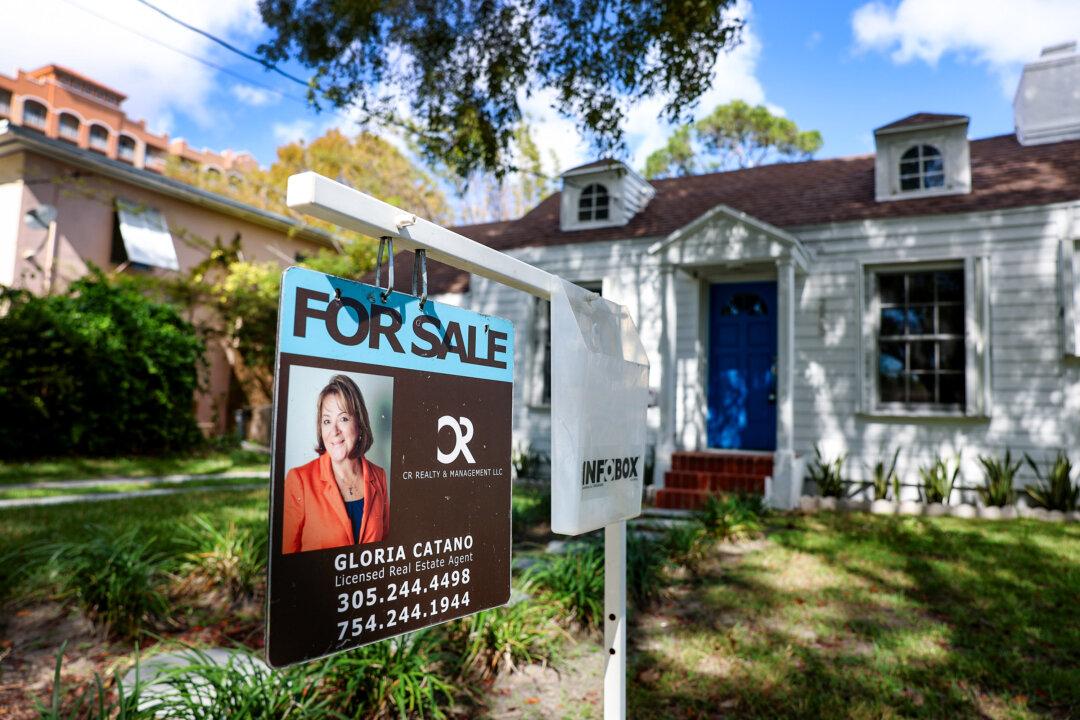A gauge measuring pending home sales activity fell to the lowest level in more than two decades in July amid an environment of high mortgage rates and political uncertainty, according to the National Association of Realtors (NAR).
“A sales recovery did not occur in midsummer,” NAR Chief Economist Lawrence Yun said.
“The positive impact of job growth and higher inventory could not overcome affordability challenges and some degree of wait-and-see related to the upcoming U.S. presidential election.”
Nirvan Ghosh, portfolio manager at The Palisades Group, said the Federal Reserve may implement at least four rate cuts before this year ends. The lower rates combined with a potential boost in inventory could act as an incentive that brings more buyers into the market.
“Our expectation is that this expected drop in mortgage rates will continue to put pressure on housing prices given the pent-up demand from folks who have been sitting on the sidelines,” Ghosh said.
“It’s clear that Americans are feeling the strain of elevated rates, and many are uncertain about how to go about navigating the ever-evolving housing market,” said Thomas Parrish, head of U.S. Retail Lending at BMO.
Interest Rate Activity
For mortgage rates to decline in any significant manner, a key factor will be the Federal Reserve bringing down its benchmark interest rate, which has remained in an elevated range of between 5.25 percent and 5.5 percent for more than a year.“The direction of travel is clear, and the timing and pace of rate cuts will depend on incoming data, the evolving outlook, and the balance of risks,” he said.
Redfin noted that if mortgage rates were to fall in a significant manner, it could lead to more competition among buyers and thus could push up home prices further.
Data from Redfin suggest that more than eight out of 10 U.S. homeowners have a rate below 6 percent, with almost a quarter with rates below 3 percent.
“I have a dozen or so homeowners who would like to sell but aren’t willing to give up their 3 percent interest rate for one that’s more than twice as high,” said Blakely Minton, a Redfin Premier real estate agent in Philadelphia. “Many of those sellers will list if rates get back down to 5 percent.”







